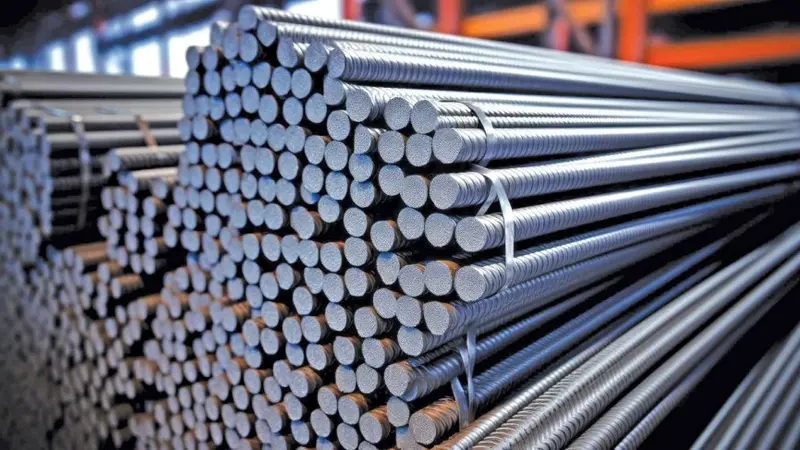The Backbone of Urban Growth
Steel is everywhere in our cities, woven into the heart of the skyline, hidden beneath streets in subway tunnels, and securing bridges over rivers or highways. This material is frequently the difference between innovative architectural vision and everyday reality. Whether the goal is to reinforce an existing structure or build ambitious new towers, steel is usually the first and last line of support, thanks to its superior strength-to-weight ratio and flexibility. Major metropolitan centers rely heavily on steel to execute projects that not only provide shelter and workspace but also create landmark spaces enjoyed by thousands every day.
The scale of this reliance grows as cities expand upward and outward, and construction teams increasingly turn to steel-based systems to meet demands for speed, resilience, and cost-efficiency. As buildings get taller and footprints grow denser, steel’s role in enabling cutting-edge design and safety standards cannot be overstated. For engineers, sourcing the right grades and formats is paramount, and companies like Specialtysteel.com play a crucial role in facilitating these connections, offering a wide array of material options for construction professionals and procurement managers.
Innovative Uses in Transportation Networks
As cities and suburbs expand, the need for reliable roads, railways, and air transit becomes more pressing. Steel’s essential properties make it the preferred choice for critical transportation infrastructure, where failure isn’t an option. Load-bearing beams in highway overpasses are engineered to distribute tons of weight, resist cyclical stresses from traffic, and withstand the effects of decades of wear and tear. Rail systems, particularly in harsh climates, rely on specialized steel alloys to resist corrosion, fatigue, and repeated mechanical stress, minimizing maintenance and service disruptions. Engineers construct airports with steel skeletons that can withstand daily operational loads and unpredictable threats. This flexible design allows for easy expansion or retrofitting. Steel’s speed of assembly keeps project timelines on track.
Building Sustainable Cities With Steel
Steel is gaining prominence in construction due to its ability to strike a balance between functionality, speed, and environmental responsibility. Modern projects often incorporate steel with high recycled content, utilizing materials from older structures, cars, and appliances. This approach diverts waste from landfills and conserves energy, saving 1.5 tons of iron ore and 0.8 tons of coal. Steelmakers are also implementing cleaner blast furnace technology, recycling water, and investing in renewable energy sources. Over 600 million tons of steel are recycled annually, playing a pivotal role in the global shift towards a circular economy. This benefits various sectors, including residential mid-rises, stadiums, and green office buildings, helping cities reduce their carbon footprints while building smarter and more efficiently.
Strength Beyond Skyscrapers
Steel’s contribution to the built environment extends far beyond showy high-rises or iconic landmarks. Industrial zones use heavy machinery and fast production lines. They need strong steel columns, beams, and trusses for safety. Wind farms rely on rigid, durable steel towers. These towers often endure strong winds and harsh climates for decades.
In areas prone to severe weather or earthquakes, steel helps build disaster-resistant schools, bridges, and hospitals.
After storms, steel structures often remain intact. Service centers and shelters stay operational, offering vital support during recovery. The adaptability of steel frames and prefabricated systems also ensures quick rebuilding, cutting down recovery times and economic losses.
